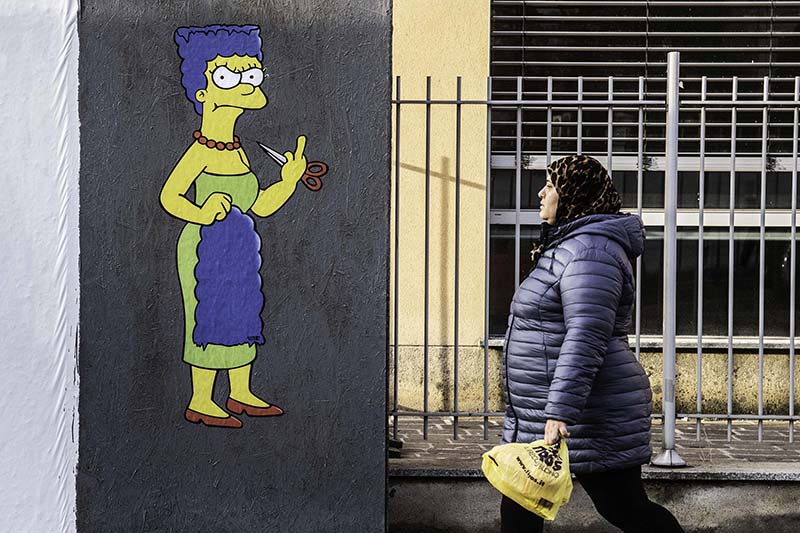By Rebeca Pardo
Cutting your hair or letting it grow, dyeing it or showing off they grey, sporting a mane or covering it. These are everyday acts with which millions of women claim their identities, try to fit in, fight for their rights or abide by regulations in which, all too often, they have had no say.
Mahsa Amini, a 22-year-old Kurdish woman, was arrested last September by morality police in Tehran on charges of violating the law requiring women to cover their hair. She was reportedly not wearing her veil properly. A few days later, news of her death shook the world.
Some Iranian women began to show their hair and cut it in protest, which some also associate with ancient mourning traditions. Since then, women from various countries and cultures have shared images and videos of themselves cutting their hair to show support.
Culture has numerous references in which hair is related to strength, power, punishment or even intelligence: from Samson or Medusa to ‘dumb blondes’. On this last cliché, academic research has proved that, although it is not true that blonde hair implies less intelligence, very few blonde people achieve Fortune 500 management positions.
Today, there is a proliferation of images and videos on social media of women championing all kinds of causes with different head and body hairstyles. Of these, those in which some women shave their heads as a gesture of sorority with relatives and friends with cancer are particularly poignant. Some are widely shared.
Certain belief groups force or recommend the shaving off of hair at marriage, and covering it with scarves, hats or wigs in the name of ‘modesty’. Series such as Unorthodox make these practices visible, in this case in the Hasidic Judaism of the Satmar community.
Other artists reflect in their works the passive or silent rebellion of many women who use bright fabrics and accessories, or very flashy blonde wigs. This was true of Iranian Shirin Aliabadi in works such as Miss Hybrid (2008).
Hair historian Rachel Gibson reminds us that hair has become an avenue of political expression. A clear example is the afro style, linked to the struggle for civil rights. For Gibson, in this case hair has been a form of protest since the beginning of slavery, when certain haircuts were imposed to erase people’s culture and basic rights.
In Wigs (1994), Lorna Simpson explores how people are usually identified, judged and classified by their hair, especially African Americans. María Magdalena Campos-Pons uses long hair as an element of self-recognition and reconnection with her Yoruba roots in works such as De las dos aguas (2007).
It is interesting to consider The Hijab Series: Mother, Daughter & Doll, by the Yemeni artist Boushra Yahya Almutawakel, which deals with the social disappearance of women in her culture; a work that is as powerful as it is devastating.
The latest work by a controversial artist that stands out is that of aleXsandro Palombo, who painted Marge Simpson cutting her peculiar blue hair in graffiti in front of the Iranian consulate in Milan to show his support for Mahsa Amini.
The graffiti disappeared the day after it was painted. He painted it again, but with a more provocative and aggressive expression and gesture, a treatment of the subject that differs from the female artists I’ve mentioned. Women in art tend to be forceful but more subtle when using their hair to vindicate political or identity issues or their most basic rights, such as being able to show it without fear of being killed for it.
Rebeca Pardo is Decana de la Facultad de CC de la Comunicación, Universitat Internacional de Catalunya. This article is republished from The Conversation under a Creative Commons licence.







Click here to change your cookie preferences